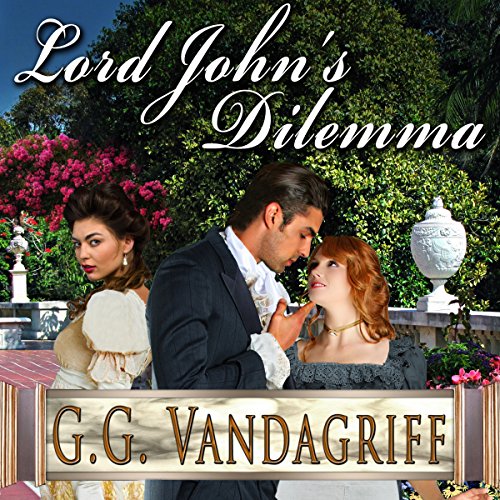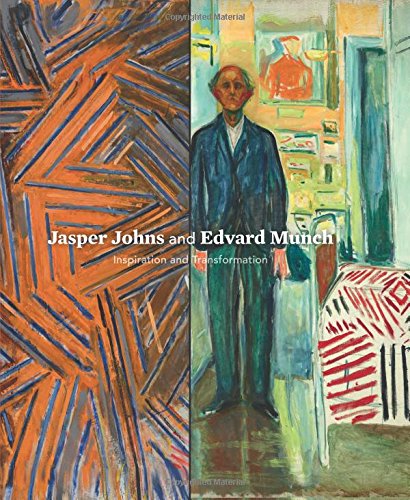
When Lord John returns from the Battle of Waterloo nursing a serious wound and a case of melancholia, he is hopeful of beginning a happier phase in his life. Living with a wife and family in his native Lincolnshire would soothe his soul. His sights are set on the lovely Miss Lindsay, his country neighbor’s daughter. But to his mystification, he keeps getting distracted by her family’s governess – a little dab of a thing who is not at all what she seems. What is her secret?
His determination to solve the mystery of Miss Haverley begins to seriously undermine his interest in Miss Lindsay, who is confident he is about to offer for her. In the face of this, how can he pursue his interest in the family governess? Not only must he solve this dilemma, but he must discover what the petite woman is hiding.
When Miss Haverley begs him to resist satisfying his curiosity because such a course could bring her harm, his dilemma doubles. His enchantment turns to worry. He is more determined than ever to rescue her from whatever demons she is trying to escape, for Miss Haverley alone seems to have the power to stir him to passion and hope for a new life.

